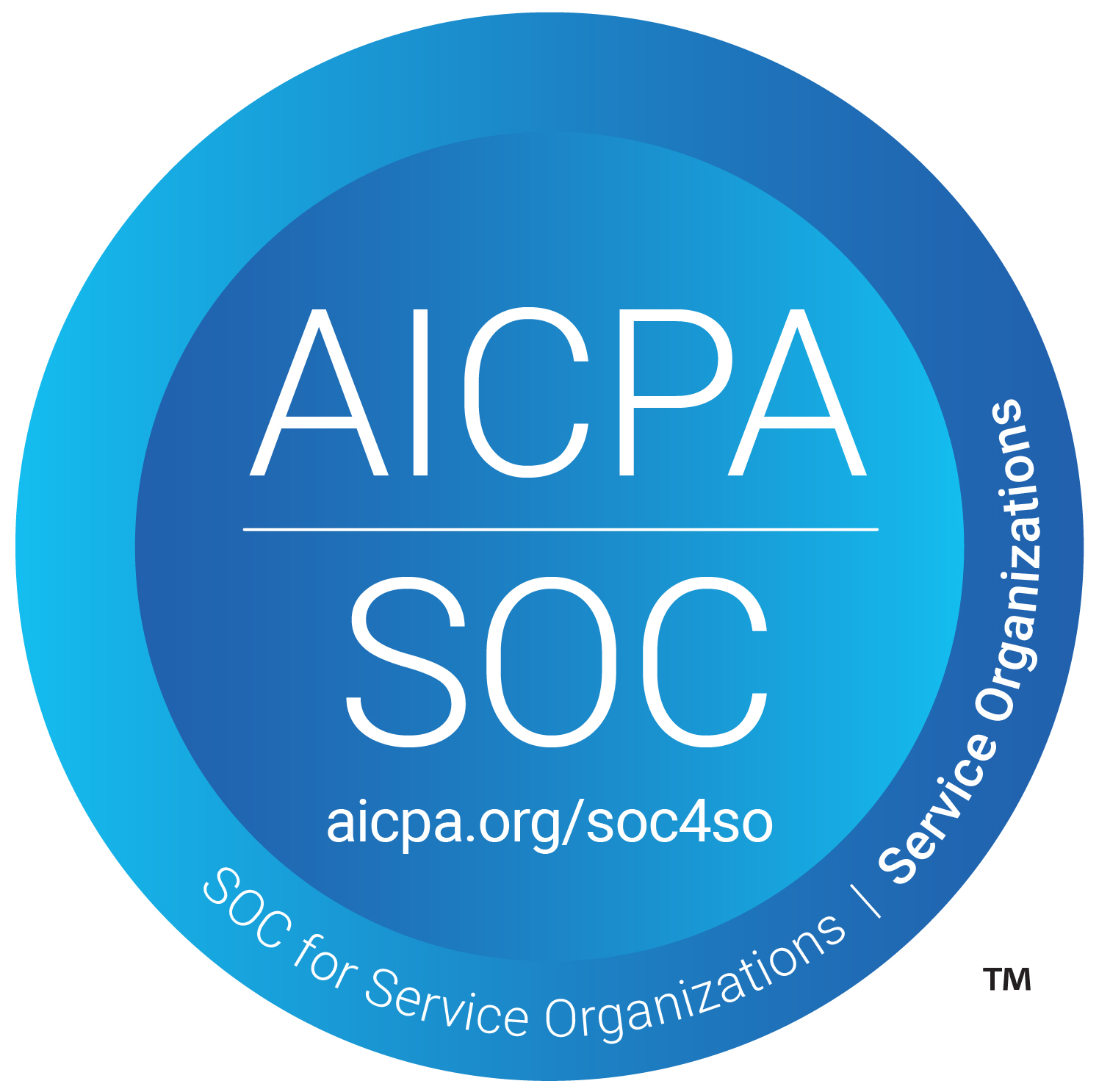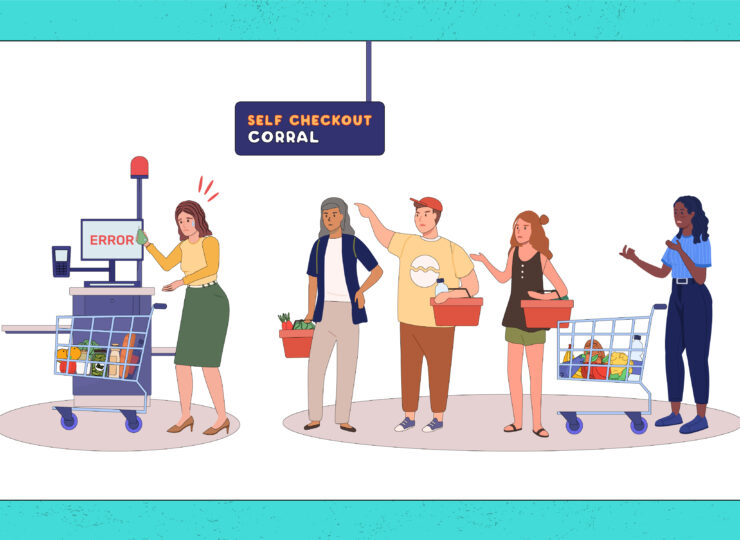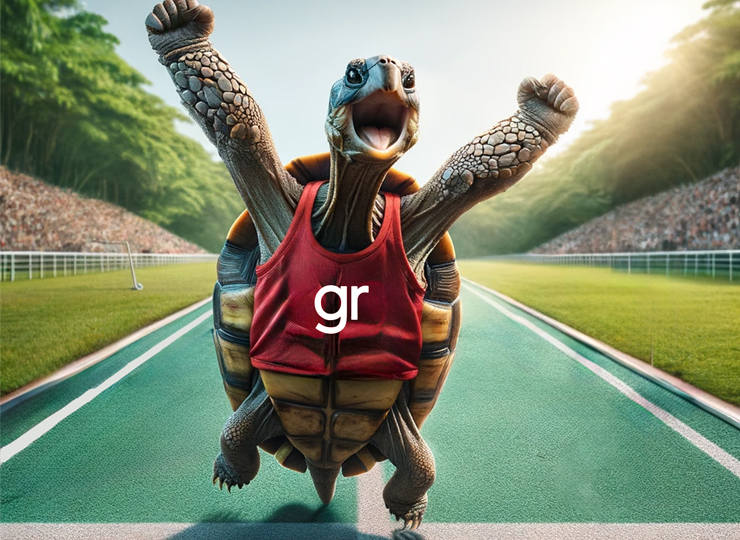Shrinking Shrink with Checkout-Free Technology
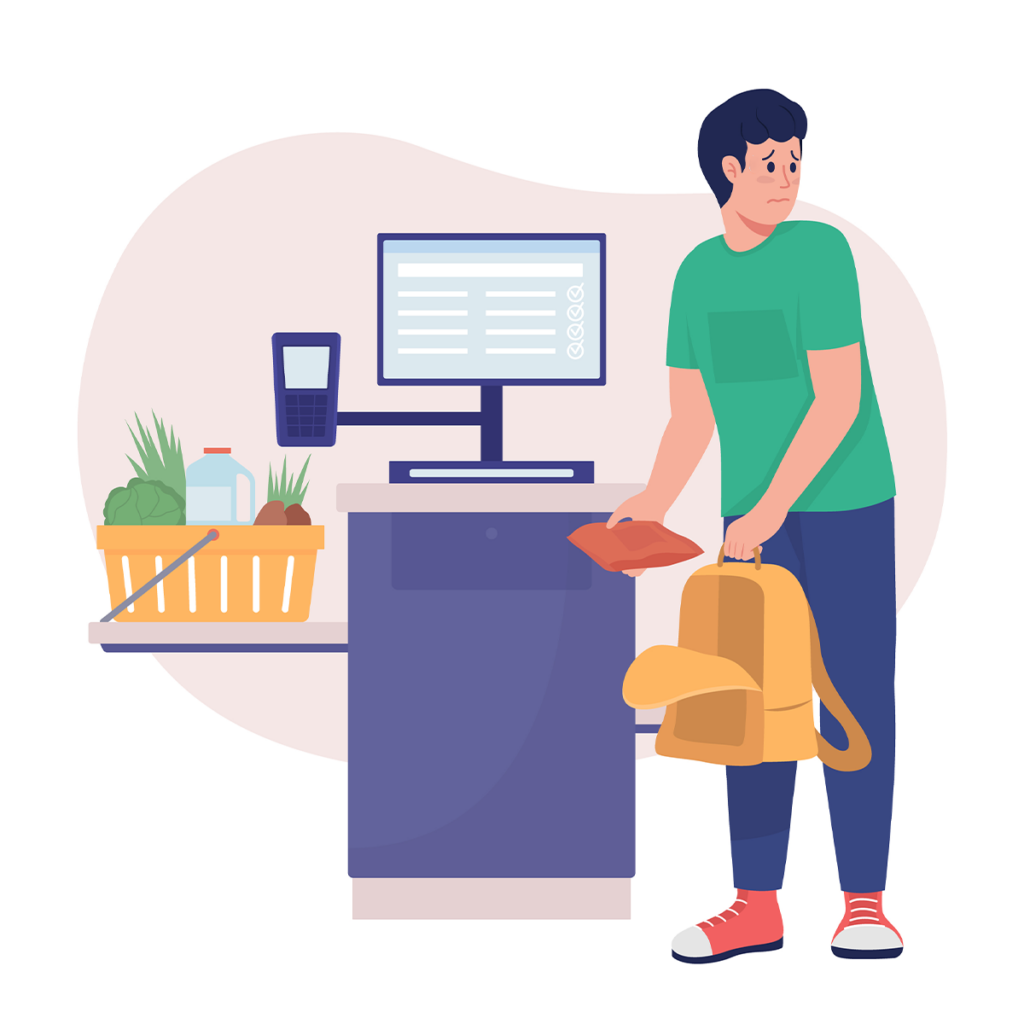
Using Computer Vision, Grabango Reduces Partial Shrink by Nearly 60%
Grocery and convenience store retailers continue to struggle with shrink, especially from self-checkout machines. But technology, particularly computer vision, offers retailers an immediate and powerful solution. Indeed, recent research we conducted reveals checkout-free technology powered by computer vision significantly reduces shrink from theft and error by nearly 60 percent.
Shrink is a significant problem, costing US retailers $112 billion in 2022. Shoplifting and employee theft account for two-thirds (or $73 billion) of total shrink, while internal process/control errors account for most of the rest.
Although organized crime and shoplifting get the most attention, partial shrink is the most common and costly form of shrink. With partial shrink, a shopper pays for some of their purchase, but not the full amount. For example, the shopper or cashier might not scan all the items in the basket or they might enter a code for a lower-priced item. Partial shrink can be intentional or in error but the impact is the same – the retailer loses money. As Grabango previously reported, self-checkout machines are a significant driver of partial shrink, with rates 16 times higher than traditional cashier lanes.
To evaluate the impact of checkout-free technology on shrink rates, Grabango used computer vision to analyze 37,500 representative transactions across our partner retailers, comparing items the shoppers picked up during their shopping trip with transaction data to see what they actually purchased.
The results? Grabango reduced partial shrink rates by nearly 60 percent. As the chart below shows, partial shrink as a percent of revenue before Grabango averaged 2.4%. After installing Grabango’s checkout-free technology, partial shrink rates dropped by more than half (see chart below). As more shoppers adopt checkout-free, the trend will continue to improve in-store economics. Over the long term, shrink from theft and human error will be viewed as an anachronism of the 20th century, with grocery stores operating profitably in every part of the country.
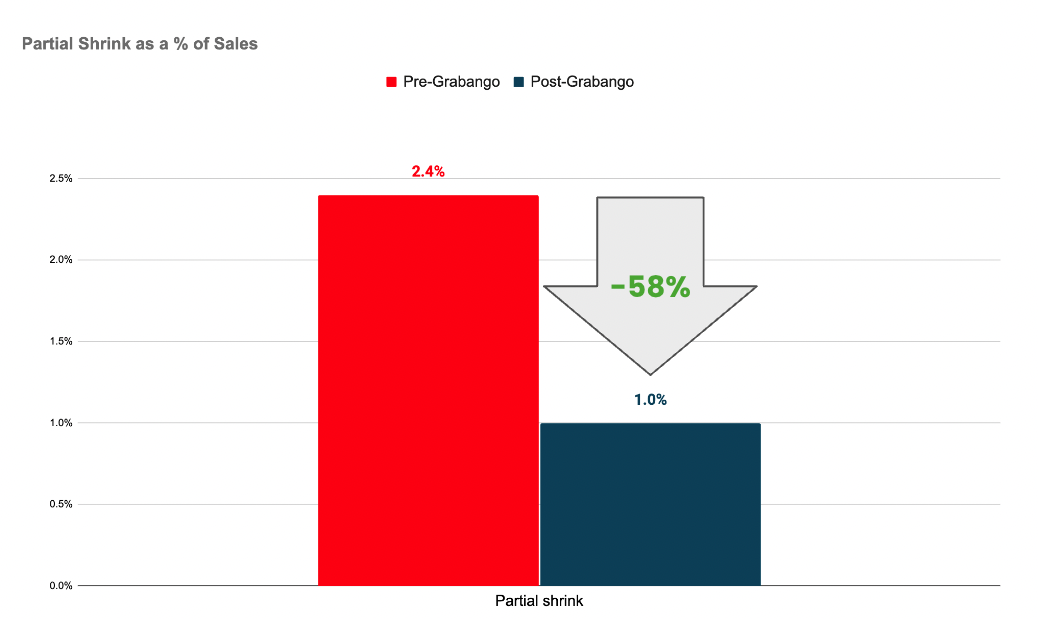
Based on analysis of 37,500 representative shoppers visits from October 1, 2022 to February 29, 2024. Source Grabango.
Grabango uses computer vision to “see” products in the store, allowing shoppers to pay without waiting in lines or having to scan their items. Shoppers just need to tap their card or app and go. Those who prefer can continue to wait in line to use a traditional cashier lane.
Grabango’s checkout-free technology eliminates partial shrink by accurately adding what shoppers pick up to their virtual carts and charging them the exact amount they owe, no more and no less. With Grabango, a shopper can no longer “forget” to scan an item, and a cashier can’t charge a lower price to their friends.
Grabango has a significant impact on the bottom line. According to FMI data, the average supermarket has sales of nearly $600,000 a week or over $31 million annually. WIth a 2.3% net margin after taxes, the average store generates about $700,000 in profits. By reducing partial shrink, Grabango boosts profits for the average supermarket by $400,000 a year or more.
While theft is a growing problem, grocery and c-stores have the weapons to fight back. Checkout-free technology provides an unparalleled opportunity to deliver a better and more profitable shopping experience without raising prices.
